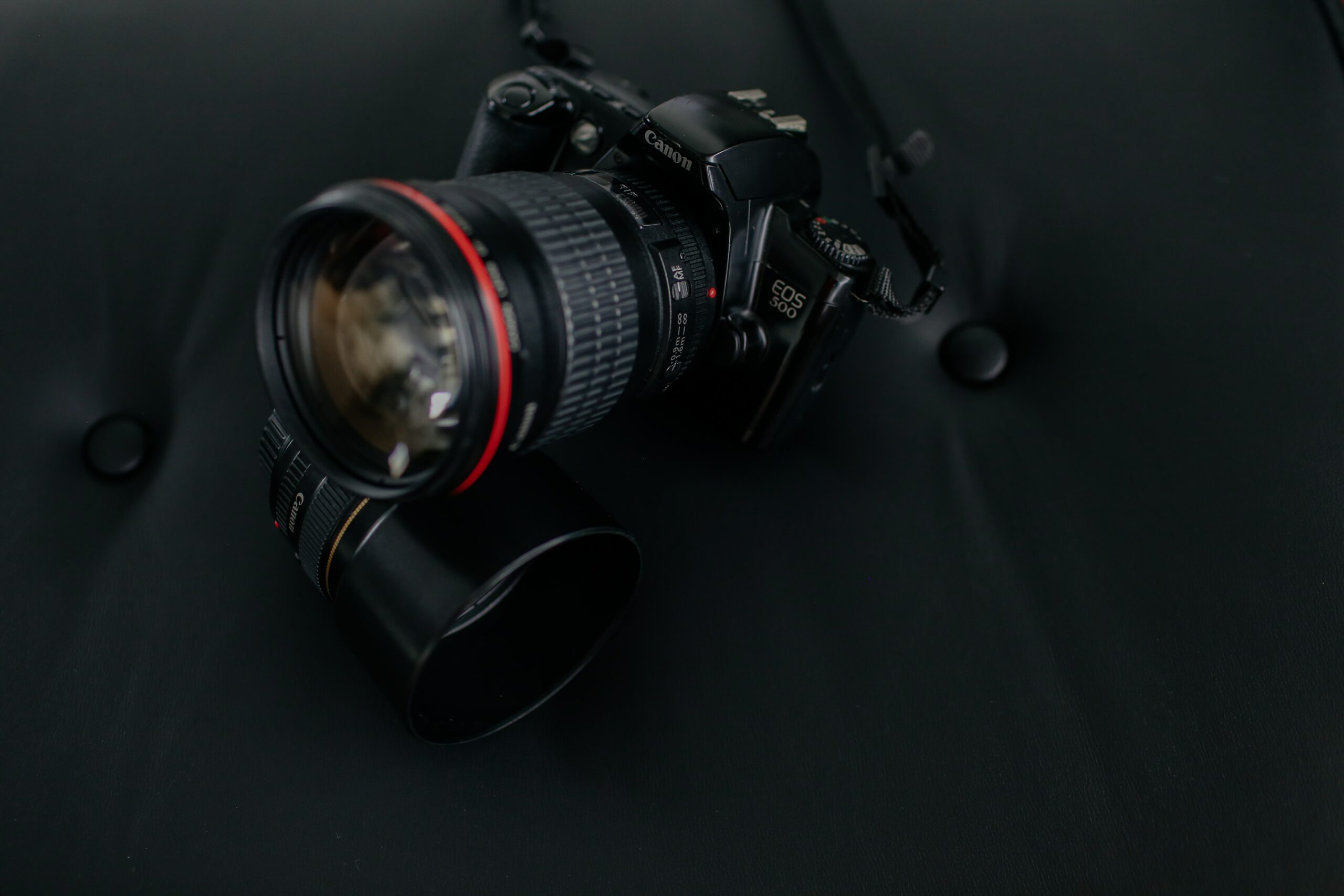Of course, it’s immediately clear that the more features you strive to get from the camera, the more expensive it will cost. But you must always remember what exactly is needed in the learning process: quality, settings, and so on. Therefore, you should not immediately chase the most expensive models. It is your own decision what to choose, Canon or Nikon
The Main Advantages of Canon Appliances
All modern Canon lenses are divided into two lines:
- A line of professional L-series lenses. These are optics with significantly improved consumer qualities: improved mechanical quality, increased optical quality, high aperture ratio, use of special lenses, dust-moisture-proof (not all), etc. Lenses in this series are marked with a red L and have a red ring on top of the barrel. Cons: high, as a rule, the price and rather large weight and dimensions of such lenses.
- A line of budget lenses. Despite the name, among them, you can find very good prime lenses that can compete with elks in image quality, buy canon vs cannon lenses from an image of rather poor quality over most of the focal length range. The main advantage of budget lenses over professional ones is the price and lower weight and dimensions.
This model is suitable for those who are not satisfied with the stock zoom lenses that are usually sold with Canon APS-C cameras. High constant aperture ratio, sharpness starting from open aperture, fast and silent ultrasonic autofocus drive, effective stabilizer – all these are the characteristics of this lens. There is a division of the lenses of this system into the Canon FD mount – the lens is mounted on the camera.
Why Should You Use Nikon Cameras?
The model is the champion among other lenses in terms of aperture parameters, which allows you to fully focus on the object with a minimum depth of field. Thanks to the diaphragm mechanism, there is virtually no distortion. The soft image provided by the lens produces rich colors. The device fits perfectly in weight with most DSLR cameras without overloading the balance.
With this series, the penetration of electronics into the bowels of lenses began. Automatic exposure metering AE (Auto-Exposure) is now possible. The system supported the automatic aperture setting when the aperture control switch was set to “A” mode. Focusing, however, was only manual. It wasn’t until the very end of the FD lens era that Canon released several test autofocus lenses.
Using a combination of personal experience and professional advice, we’ve prepared a Nikon lens guide for beginners and professionals. In it we will tell you why everyone is worthy of your attention. The purpose of this guide is to help you find the best Nikon lenses.
However, these are not all the benefits. After all, any lenses can be added to the whale – telephoto, wide-angle, portrait. The kit can be equipped with an external flash and other accessories that expand the range of possibilities.
Don’t limit yourself to just lenses from the camera manufacturer. Of course, Canon, Nikon or Pentax, and Sony have a huge selection to offer. But there are other brands with more affordable prices, but extremely high quality – Sigma, Tamron, and others.
To select a lens that provides the required image quality, you should consider the following device characteristics:
- focal length;
- luminosity.
If funds do not allow you to become the owner of an expensive professional model, then you can always find the best option among the zoom equipment.

